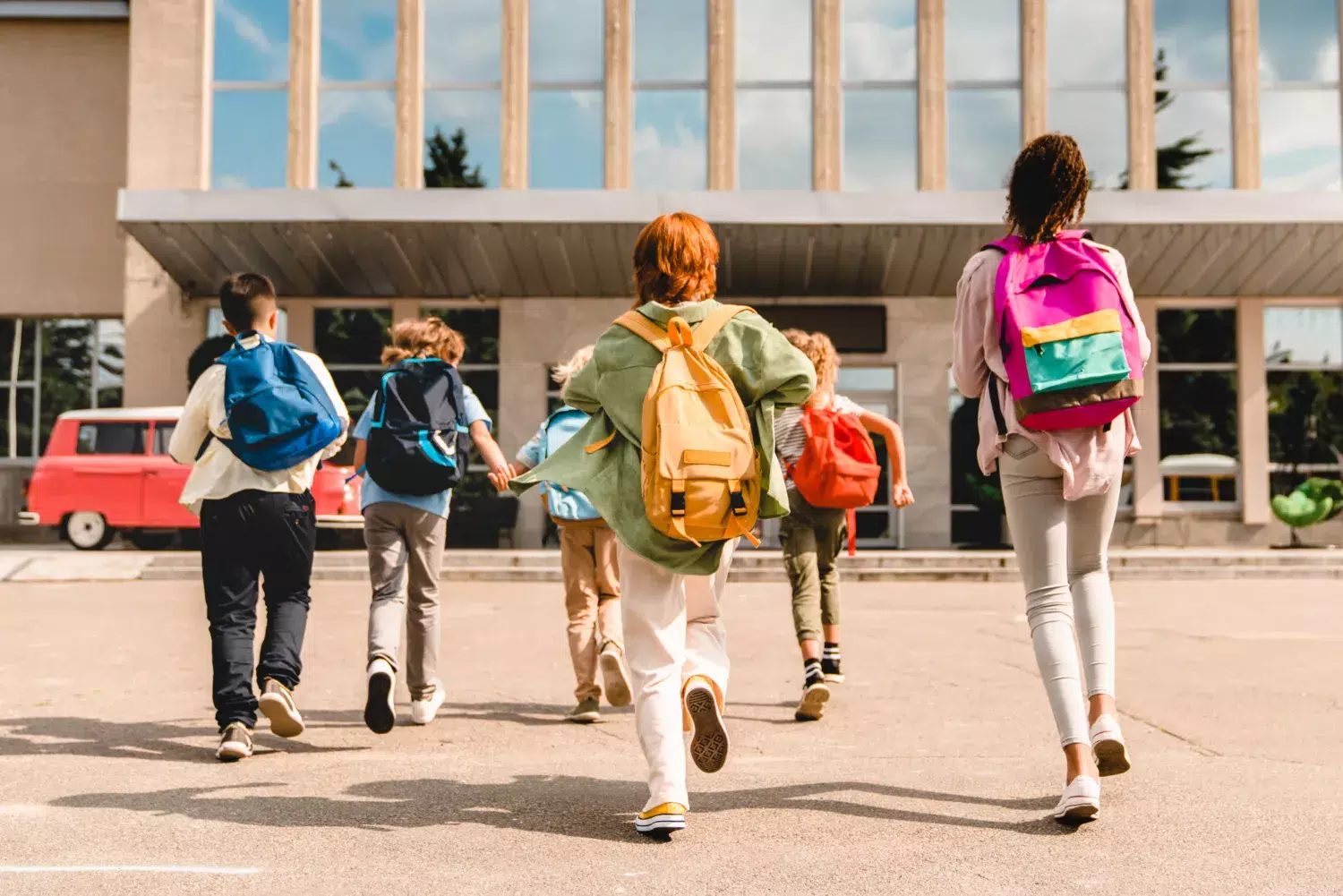New study shows abdominal obesity and muscle weakness in 8-year-olds

The harmful combination of abdominal obesity and reduced muscle strength, also known as sarcopenic obesity, is already present in primary school children. This is shown by a new study among eight-year-olds, conducted at Karolinska Institutet.

“Our findings show that sarcopenic obesity, which we have previously seen mostly in adults, is now also found in children of primary school age. This is a very worrying development and a risk factor for cardiovascular disease later in life”, says Mai-Lis Hellénius, Professor at the Department of Medicine in Solna, in a press release from the Swedish Heart-Lung Foundation, which funded the study.
The WHO considers childhood obesity to be one of the most serious challenges to public health globally. Sweden also faces this challenge, as more than one in five children of middle and high school age is overweight or obese, according to the Public Health Agency of Sweden. Over the past three decades, the proportion of 11-15 year olds in Sweden who are overweight or obese has quadrupled. Abdominal obesity can increase the risk of dyslipidaemia, high blood pressure and high blood sugar. In the long term, abdominal obesity can also increase the risk of type 2 diabetes, common cancers and cognitive disorders.
The adverse outcomes from the combination of abdominal obesity and weak muscle strength, known as sarcopenic obesity and has been recognised in adults. But the new study, part of the “En frisk generation” intervention programme, shows that the problem is already present in children as young as eight years old. The programme has been working since 2011 to support families with children in deprived areas to adopt healthier lifestyles. Previous research under the programme has shown a clear impact, including increased physical activity, improved quality of life and better integration.
Alarming results
In the current study, Mai-Lis Hellénius and her research team, which includes Gisela Nyberg from the Department of Global Public Health, investigated the relationship between abdominal obesity and muscle strength. The group included 67 families with eight-year-old children and their parents.
The results showed that 4 of the 30 girls and 13 of the 37 boys in the study were abdominally obese, defined as having a waist measurement of 66 cm or more for 8 year olds. When examining the participants' leg muscle strength, a clear correlation emerged: the higher the waist circumference and the more abdominal obesity, the poorer the muscle strength. It was also found that the children's muscle strength correlated with that of their parents; if the parents had weak leg muscles, so did the children.
“When I saw the results, my jaw dropped. Some of the children were so weak that they had difficulty getting up from a chair. It is very alarming that we can see this already in eight-year-olds and it is our duty as adults to act. Reversing the trend requires vigorous action in the form of physical activity and healthier eating habits,” says Mai-Lis Hellénius.
The study Negative associations between step-up height and waist circumference in eight-year-old children and their parents is published in Acta Paediatrica
Five tips for parents to increase physical activity
Establishing good habits around physical activity and food early on is crucial for children's physical and mental health. Here are Professor Mai-Lis Hellénius' top tips on how parents can help their children break the cycle of sedentary behaviour - and feel better themselves:
- Walk, cycle or take public transport with your child to school.
- Put down your mobile phone and go out and play with your children at least once a day.
- Set a timer and take a break from all screens together every 30 minutes.
- Go to the forest together or find other things you like to do together.
- Use the stairs instead of taking the lift or escalator.
